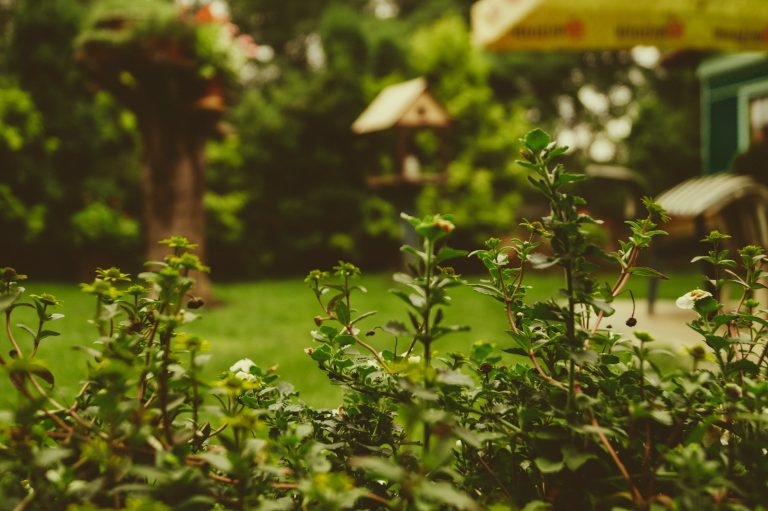There’s something magical about stepping into a lush, vibrant garden. It’s an oasis of color, texture, and life, a space that offers a calming respite from the chaos of the world. If you’ve ever dreamed of creating your own lush garden retreat, but aren’t sure where to start, you’re in the right place. In this blog post, we’ll explore top tips to help you turn your outdoor space into a flourishing paradise.
Story Stages
Plan your garden with a mix of plants
A lush garden is all about variety. To create a visually interesting and healthy space, you’ll want to incorporate a mix of plant types. Consider a blend of perennials, annuals, and even evergreen shrubs. For instance, emerald green arborvitae is an excellent choice for creating a natural privacy screen or adding structure to your garden. By selecting a diverse range of plants, you’ll ensure that your garden remains lively and vibrant throughout the year.
Prioritize healthy soil
Healthy soil is the foundation of a lush garden. To give your plants the best possible start, you’ll need to ensure that your soil is rich in nutrients and well-draining. You can improve your soil by incorporating organic matter such as compost, aged manure, or leaf mold. Additionally, you may want to test your soil’s pH level and make any necessary adjustments to create an optimal environment for your plants.
Mulch, mulch, mulch!
Mulch is a gardener’s best friend. Not only does it help to retain moisture in the soil, but it also suppresses weeds and adds nutrients to the soil as it breaks down. A layer of organic mulch, such as wood chips, shredded leaves, or straw, can work wonders in keeping your garden healthy and lush. Just be sure to leave some space around the base of your plants to prevent the mulch from smothering them.
Choose the right plants for your climate
One of the keys to creating a lush garden is selecting plants that will thrive in your specific climate. This means paying attention to factors like temperature, precipitation, and humidity. You may want to consult with a local garden center or extension office to learn more about the best plants for your area. By choosing plants that are well-suited to your climate, you’ll increase the likelihood of a successful, thriving garden.
Water wisely
Proper watering is crucial to maintaining a lush garden. Most plants prefer deep, infrequent watering rather than shallow, frequent watering. This encourages the development of strong root systems, which in turn helps plants to better withstand drought and other stressors. Be sure to water early in the morning or late in the afternoon to minimize evaporation, and consider investing in a rain barrel to collect and conserve water.
Encourage beneficial insects
A healthy garden is one that supports a diverse ecosystem, including beneficial insects like bees, butterflies, and ladybugs. These insects help to pollinate your plants and control pests, ensuring that your garden remains lush and healthy. To attract beneficial insects, you can plant a variety of flowers that provide nectar and pollen, as well as providing habitat in the form of rock piles or insect hotels.
